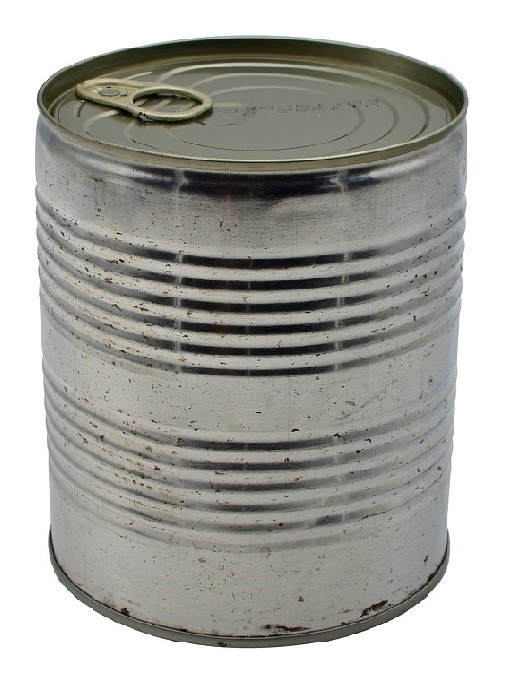Yellow Lines on Automotive Shop Floors: Complete Safety and Organization Guide
Understand yellow floor markings in automotive shops
Yellow lines paint on automotive shop floors serve as critical visual communication tools that enhance safety, improve workflow efficiency, and ensure regulatory compliance. These bright markings create a systematic approach to organize workspace areas, direct traffic flow, and establish clear boundaries that protect both workers and equipment.
Professional automotive facilities rely on standardize color code systems where yellow specifically indicate caution areas, pedestrian walkways, and equipment boundaries. This universal language help create safer working environments while maximize operational efficiency.
Primary functions of yellow floor lines
Safety zone demarcation
Yellow lines mainly establish safety boundaries around potentially hazardous areas. These markings clear define zones where special caution is required, such as areas surround hydraulic lifts, compress air systems, and electrical panels. Workers instantly recognize these visual cues and adjust their behavior consequently.

Source: thesaurus.com
The bright yellow color provides excellent visibility under various lighting conditions, ensure these safety zones remain clear define throughout different work shifts. This visibility factor become peculiarly important in busy shop environments where multiple technicians work simultaneously on different projects.
Equipment operation zones
Automotive lifts, alignment racks, and other heavy equipment require designate operating areas for safe functionality. Yellow lines establish these boundaries, prevent unauthorized personnel from enter dangerous zones during equipment operation. These markings besides help operators position vehicles right for optimal service access.
Equipment manufacturers oft specify minimum clearance requirements that yellow floor markings help visualize and maintain. This systematic approach reduce accident risks while ensure proper equipment utilization.
Traffic flow and workflow organization
Vehicle movement paths
Yellow lines guide vehicle traffic through the shop, create designate drive lanes that prevent collisions and optimize space utilization. These pathways ensure smooth vehicle flow from entry points to service bays, reduce congestion and improve overall efficiency.
Strategic placement of these lines consider turn radius requirements for different vehicle types, ensure both compact cars and larger trucks can navigate safely through the facility. This planning prevent bottlenecks during busy periods when multiple vehicles require simultaneous movement.
Pedestrian walkways
Separate foot traffic from vehicle movement areas represent another crucial function of yellow floor markings. These designate walkways provide safe passage for technicians, customers, and visitors while maintain clear boundaries between different activity zones.
Decent mark pedestrian areas reduce liability risks and create more professional environments that inspire customer confidence. Clear walkways besides improve emergency evacuation procedures by establish predetermine safe routes.
Storage and inventory management
Parts and tool organization
Yellow lines help organize storage areas by create designate spaces for different inventory categories. These markings establish boundaries for tire storage, parts bins, and specialized tool storage, prevent clutter and improve inventory management efficiency.
Systematic organization through floor markings reduce time spend search for components and tools, direct improve productivity. Technicians can promptly locate necessary items when storage areas maintain consistent organization through visual boundaries.
Hazardous material storage
Automotive shops handle various hazardous materials include oils, solvents, and chemicals that require special storage considerations. Yellow lines help establish proper separation distances and containment areas that comply with environmental and safety regulations.
These markings besides facilitate proper ventilation planning by clear define areas where hazardous materials are store or use, ensure adequate air circulation and emergency response access.
Regulatory compliance and standards
OSHA requirements
The occupational safety and health administration establish specific guidelines for workplace safety markings that many automotive shops must follow. Yellow floor lines help demonstrate compliance with these regulations by clear mark hazardous areas and safety zones.
Regular inspections oftentimes evaluate the presence and condition of safety markings, make proper floor line maintenance essential for regulatory compliance. Intimately maintain markings indicate professional management and commitment to worker safety.
Insurance considerations
Insurance companies often evaluate shop safety measures when determine coverage rates and claim settlements. Right mark floors demonstrate proactive safety management that can positively influence insurance relationships and potentially reduce premium costs.
Clear documentation of safety measures, include floor mark systems, provide valuable evidence during insurance evaluations and claim investigations.

Source: rebeccaminkaiser.blogspot.com
Color psychology and visibility science
Why yellow works
Yellow’s high visibility stem from its position on the light spectrum and human eye sensitivity. This color provide excellent contrast against most floor surfaces while maintain visibility under various lighting conditions include fluorescent, lead, and natural light sources.
Research demonstrate that yellow markings capture attention more efficaciously than many other colors, make them ideal for safety applications where immediate recognition is crucial. This psychological response help reinforce safety behaviors through consistent visual cues.
Contrast and durability
Effective yellow floor markings require proper contrast ratios against exist floor surfaces. Light color concrete floors typically use darker yellow shades, while darker surfaces benefit from brighter, more reflective yellow materials.
Modern mark materials incorporate reflective properties that enhance visibility under artificial lighting, ensure consistent performance throughout different operating conditions.
Installation and maintenance best practices
Surface preparation
Successful floor mark installation begin with proper surface preparation include thorough cleaning, degreasing, and surface profiling when necessary. Automotive shop floors oftentimes contain oil residues and other contaminants that can compromise mark adhesion.
Professional installation typically involves acid etch or mechanical abrading to create optimal surface conditions forproficientt last adhesion. This preparation investment pay dividends through extended mark life and reduce maintenance requirements.
Material selection
Different mark materials offer vary performance characteristics include durability, chemical resistance, and visibility properties. Epoxy base paints provide excellent durability for high traffic areas, while tape applications offer flexibility for temporary or oftentimes change layouts.
Specialized automotive shop environments require materials that resist oil penetration, hydraulic fluid exposure, and frequent cleaning with industrial solvents. Material selection should consider these specific environmental challenges.
Cost benefit analysis
Safety investment returns
Implement comprehensive floor mark systems require initial investment but generate significant returns through reduce accident rates, improve insurance relationships, and enhance operational efficiency. Safety improvements direct translate to reduced workers’ compensation claims and liability exposure.
Professional mark systems besides contribute to improved employee morale and retention by demonstrate management commitment to worker safety and professional working conditions.
Productivity improvements
Substantially organize shops with clear floor markings typically experience measurable productivity improvements through reduce time spend navigate the facility, locate tools and parts, and coordinate vehicle movements during busy periods.
These efficiency gain compound over time, create substantial value that oftentimes exceed the initial mark system investment within the first year of implementation.
Advanced marking strategies
Integration with technology
Modern automotive shops progressively integrate floor markings with digital management systems include inventory tracking, workflow management, and customer communication platforms. QR codes and RFID markers can supplement traditional yellow lines to create smart shop environments.
These technological integrations help bridge physical organization with digital management tools, create more sophisticated operational systems that improve both efficiency and customer service capabilities.
Customization for specific operations
Different automotive specializations require customized mark approaches. Collision repair facilities need different organization patterns compare to general maintenance shops or specialty performance facilities.
Successful marking systems consider specific operational requirements include equipment types, workflow patterns, and customer interaction areas to create optimize layouts that support business objectives.
Future considerations and trends
Automotive shop design continue to evolve with new technologies, environmental regulations, and change business models. Floor mark systems must adapt to accommodate electric vehicle servicing requirements, advanced diagnostic equipment, and evolve safety standards.
Smart building technologies and IOT integration will represent will emerge trends that will influence future floor will mark strategies, potentially will incorporate dynamic markings that can will change will base on current operational needs or safety conditions.
Sustainable mark materials and application methods besides represent grow considerations as environmental consciousness increases throughout the automotive industry. These developments will probably will influence future will mark system decisions and maintenance practices.



